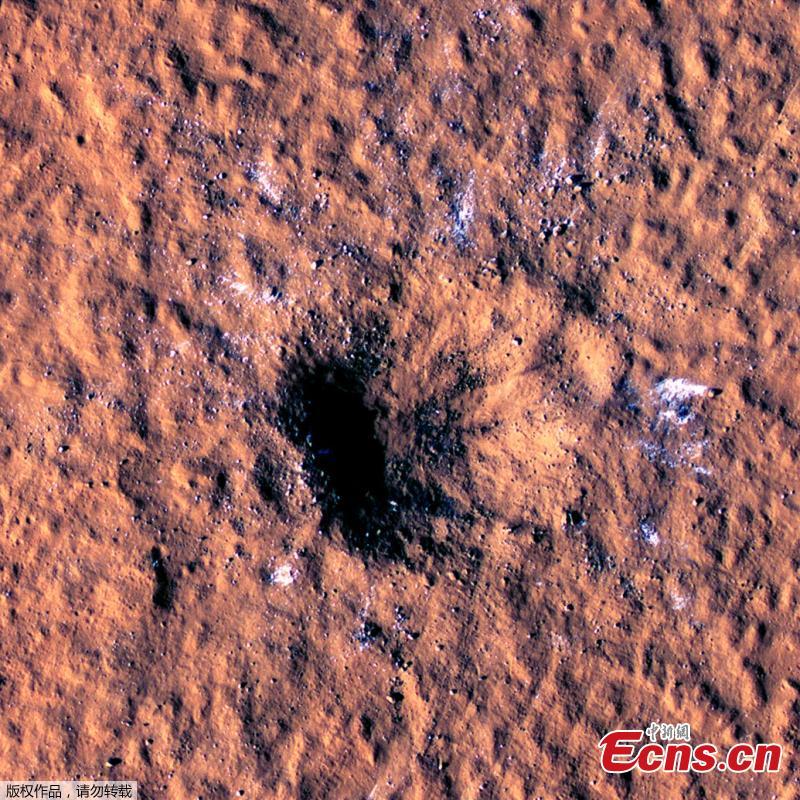
Image made available by NASA on Oct. 27, 2022 shows the boulder-size blocks of water ice are seen around the rim of an impact crater on Mars, as viewed by the High-Resolution Imaging Science Experiment (HiRISE camera) aboard NASA's Mars Reconnaissance Orbiter. (Photo/Agencies)
NASA's robotic InSight lander for the first time detected seismic waves traveling along the Martian surface, as opposed to deeper in the body of the planet, caused by two space rocks striking Mars in September and December of last year. The reverberation of these waves along the surface gave clues about the crust, the planet's outermost layer, over a wide geographical expanse in the northern hemisphere.
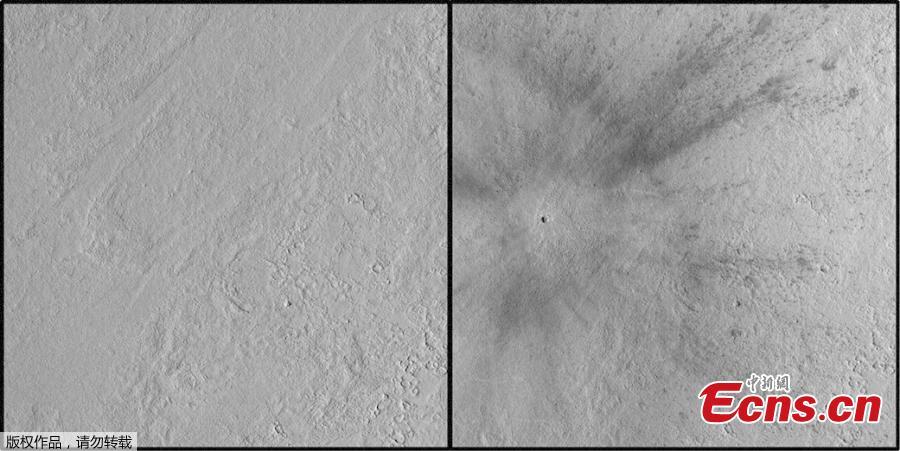
This combination of images made available by NASA on Oct. 27, 2022, shows the site on Mars before and after a meteoroid hit the surface of the planet. (Photo/Agencies)
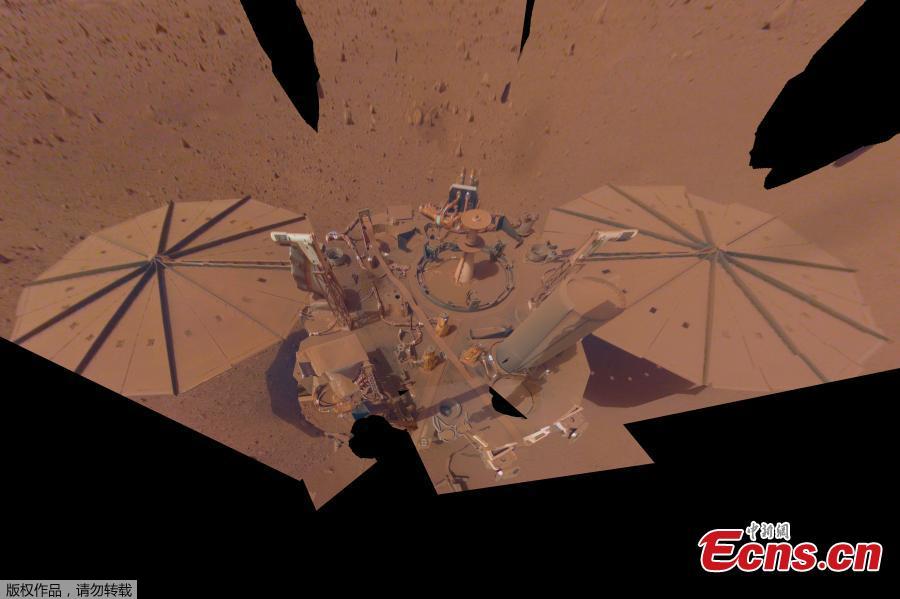
Image made available by NASA on Oct. 27, 2022 shows Mars' red dust has settled on InSight's solar panels, reducing their efficiency.











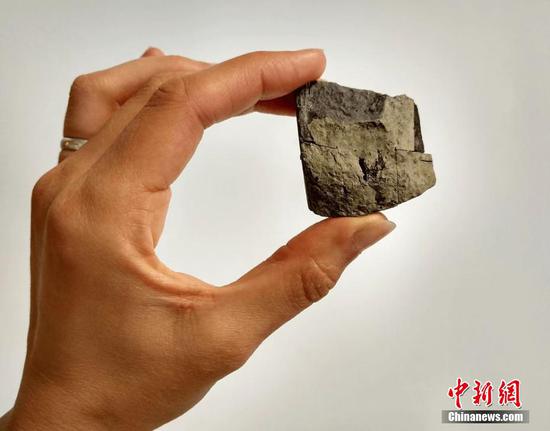

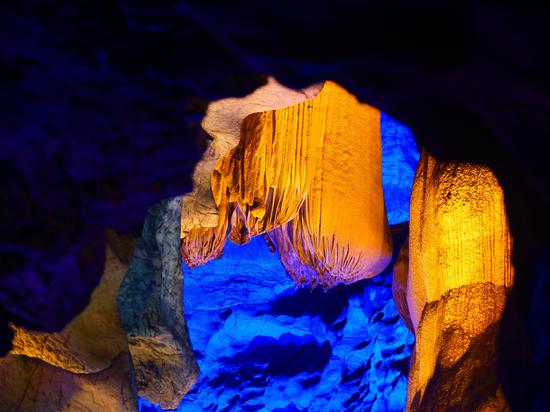




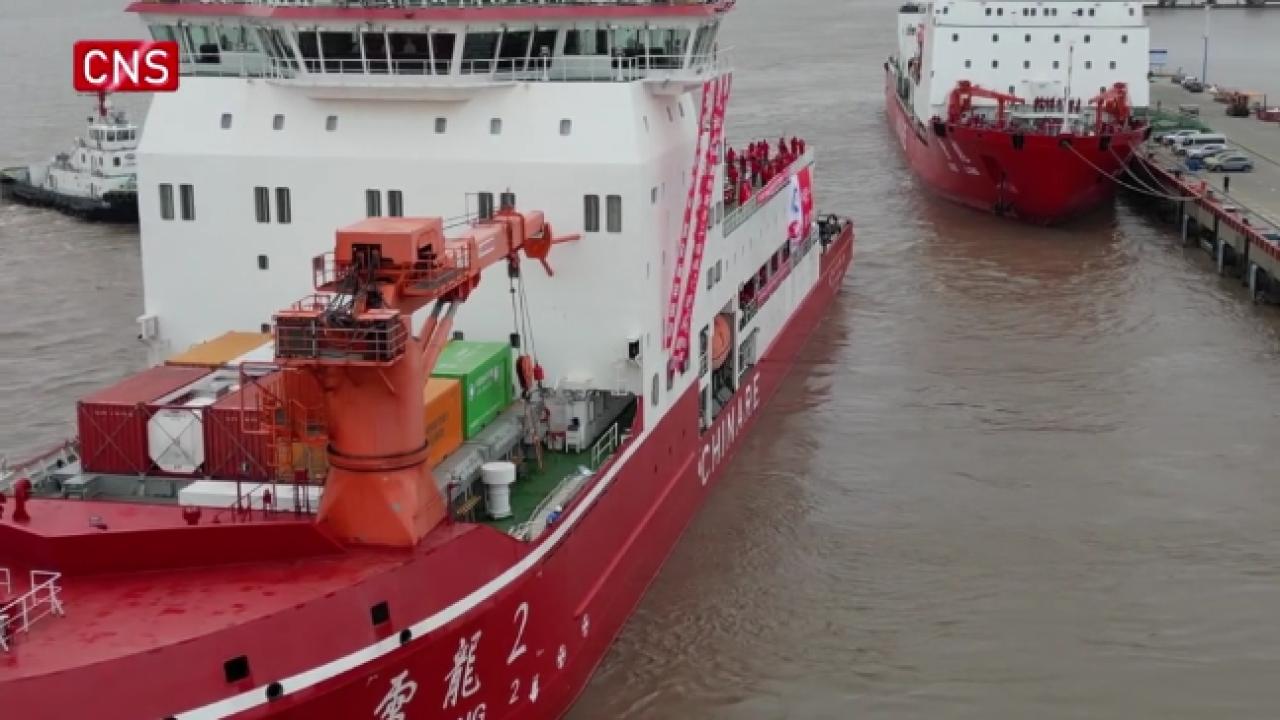




 京公网安备 11010202009201号
京公网安备 11010202009201号